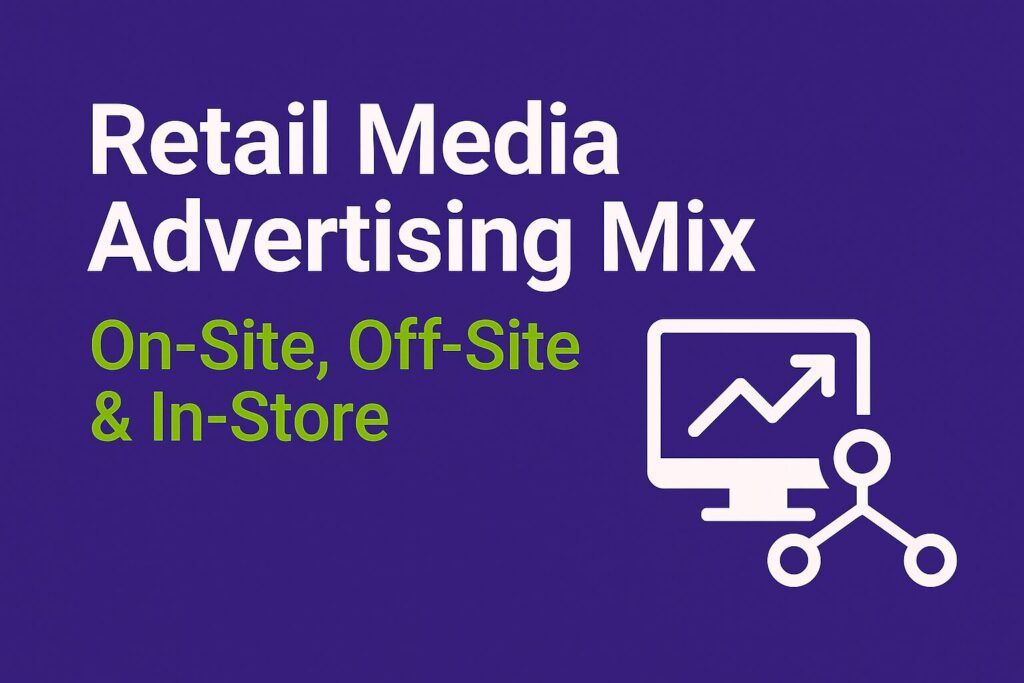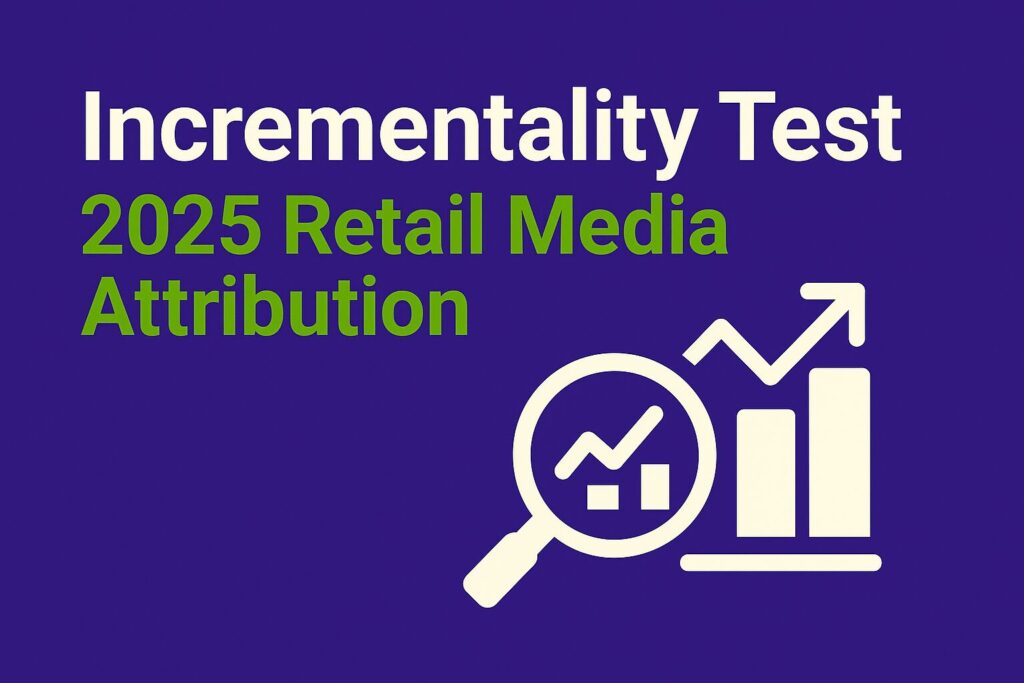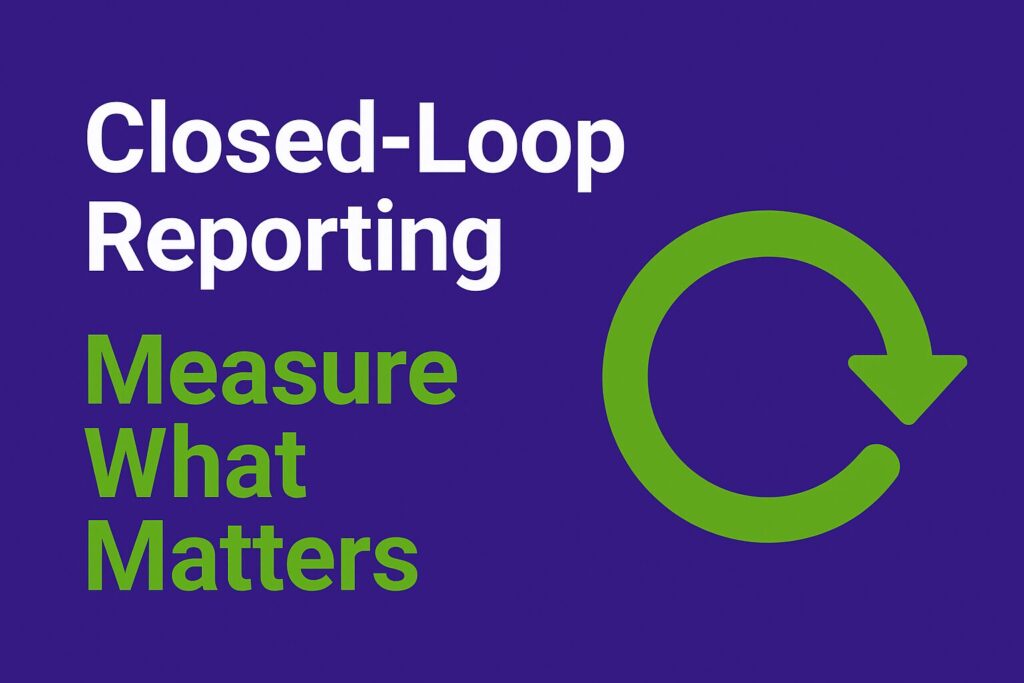Global e-commerce is on fire—projected to exceed $6.5 trillion in 2025 (Digital Commerce 360¹). Yet many brands still struggle to get discovered. A marketplace can solve this instantly. Instead of building and marketing your own store, you tap into an existing audience of 100–200 million monthly visitors per platform. In this article, you’ll learn the three main reasons why 2025 is the year to launch on a marketplace—and exactly how to take your first steps.
What Is a Marketplace in 2025?
A marketplace is an online hub connecting buyers and sellers through one unified portal. Imagine a “smart mall,” where:
- An anchor tenant (e.g., Amazon² or AliExpress) draws massive foot traffic.
- Specialized stores (fashion, electronics, B2B supplies) line the virtual corridors.
In 2025, these platforms are full ecosystems featuring:
- Omnichannel integrations (in-app chat, click-and-collect).
- AI-powered discovery (personalized recommendations, dynamic filters).
- One-click checkout and fraud protection.
This seamless experience shortens the path from browsing to buying—and maximizes loyalty.
1. Benefit #1: Ready-Made Infrastructure
Building an e-commerce site from scratch demands time and budget. On a marketplace, you simply plug in:
- Content management for product listings.
- Built-in SEO and site structure.
- Payment processing and tax compliance.
- Fraud prevention and customer support.
Case Study
A mid-sized fashion brand launched on Etsy in Q1 2024 (Etsy Seller Handbook³). Within 90 days, orders doubled—without any extra tech investment.
Quick Check
Before you start, ask:
- Is my product catalog complete and clean?
- Do I have high-quality images and descriptions?
- Can I meet the platform’s service-level requirements?
2. Benefit #2: Pay-Per-Sale Model
Most marketplaces charge only when you sell, unlike standalone stores where you pay hosting, maintenance, and marketing fees up front.
| Platform | Commission rate¹ |
|---|---|
| Amazon (3P sellers) | 15 % |
| eBay | 12–18 % |
| Niche marketplaces | 5–10 % |
¹ Average ranges; varies by category and seller tier.
This model lets you control cash flow and avoid sunk costs.
3. Benefit #3: Integrated Marketing & Positioning
Marketplaces come with a built-in marketing engine:
- SEO authority that consistently outranks standalone stores.
- Sponsored listings (e.g., Sponsored Products, Deals).
- Email campaigns and in-app banners.
- Social integrations (shoppable posts on Instagram, TikTok).
Mini-Case
A beauty start-up ran three “Flash Sales” during Amazon Prime Day 2024. They saw a +35 % lift in visibility and a +22 % bump in revenue—all managed within the marketplace dashboard.
Conclusion & Next Steps
Selling on a marketplace in 2025 gives you:
- Instant infrastructure—no dev work required.
- Zero upfront costs—you pay only on success.
- Powerful marketing tools—all under one roof.
Ready to jump in?
- Explore more:
- ➔ Article #2: The Ultimate Marketplace Atlas—Open vs. Closed Platforms, C2C, B2C, and B2B
- ➔ Article #3: 7 Competitive Levers—Marketplace Pros & Cons
- ➔ Article #4: The Seller’s Compass—How to Choose the Right Marketplace
- ➔ Article #5: Your Marketplace Toolbox—Images, Product Data, SEO & Brand Profile
Senior E-commerce & Retail Media Leader with 8+ years across Amazon and leading marketplaces. Focus on full-funnel strategy, programmatic retail media, and international media governance. Sharing frameworks and operating models for growth.



